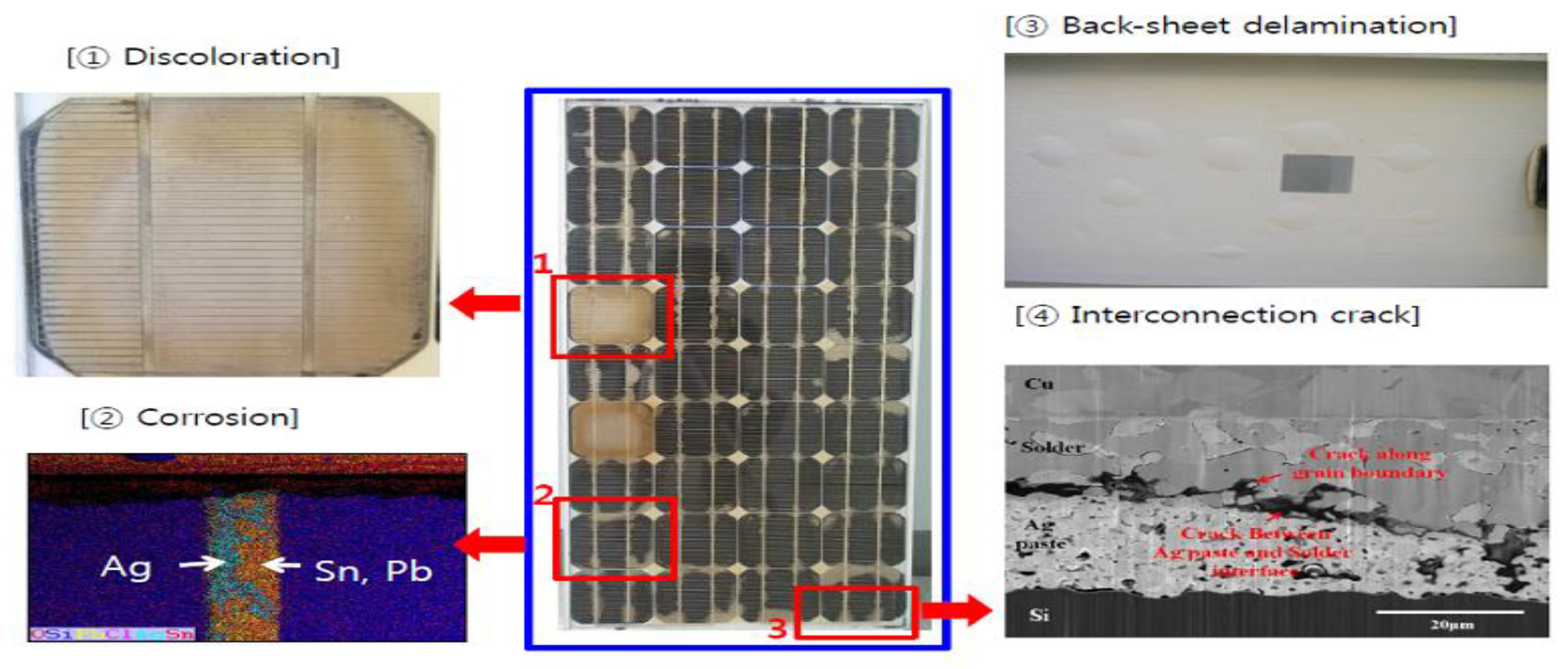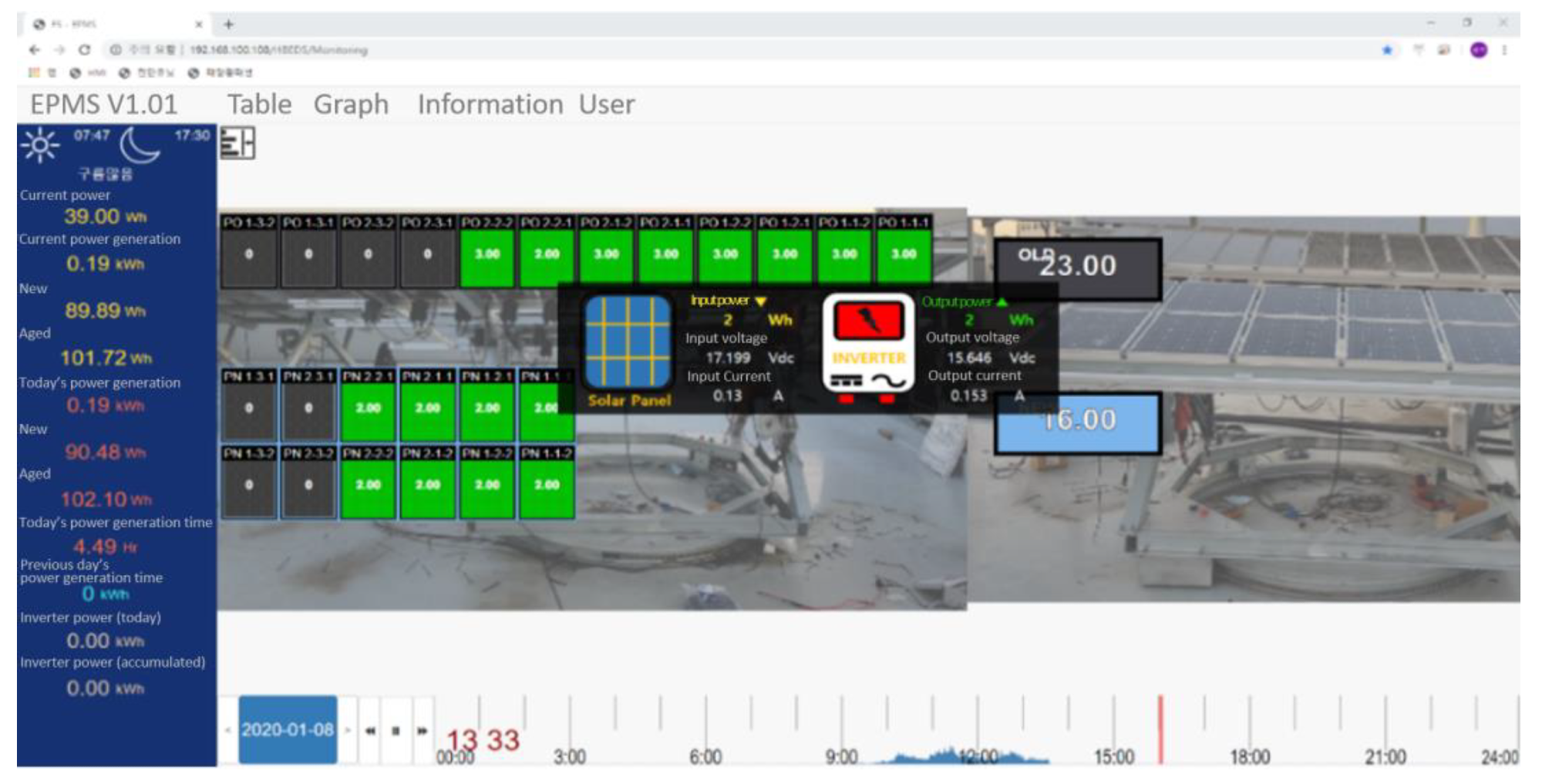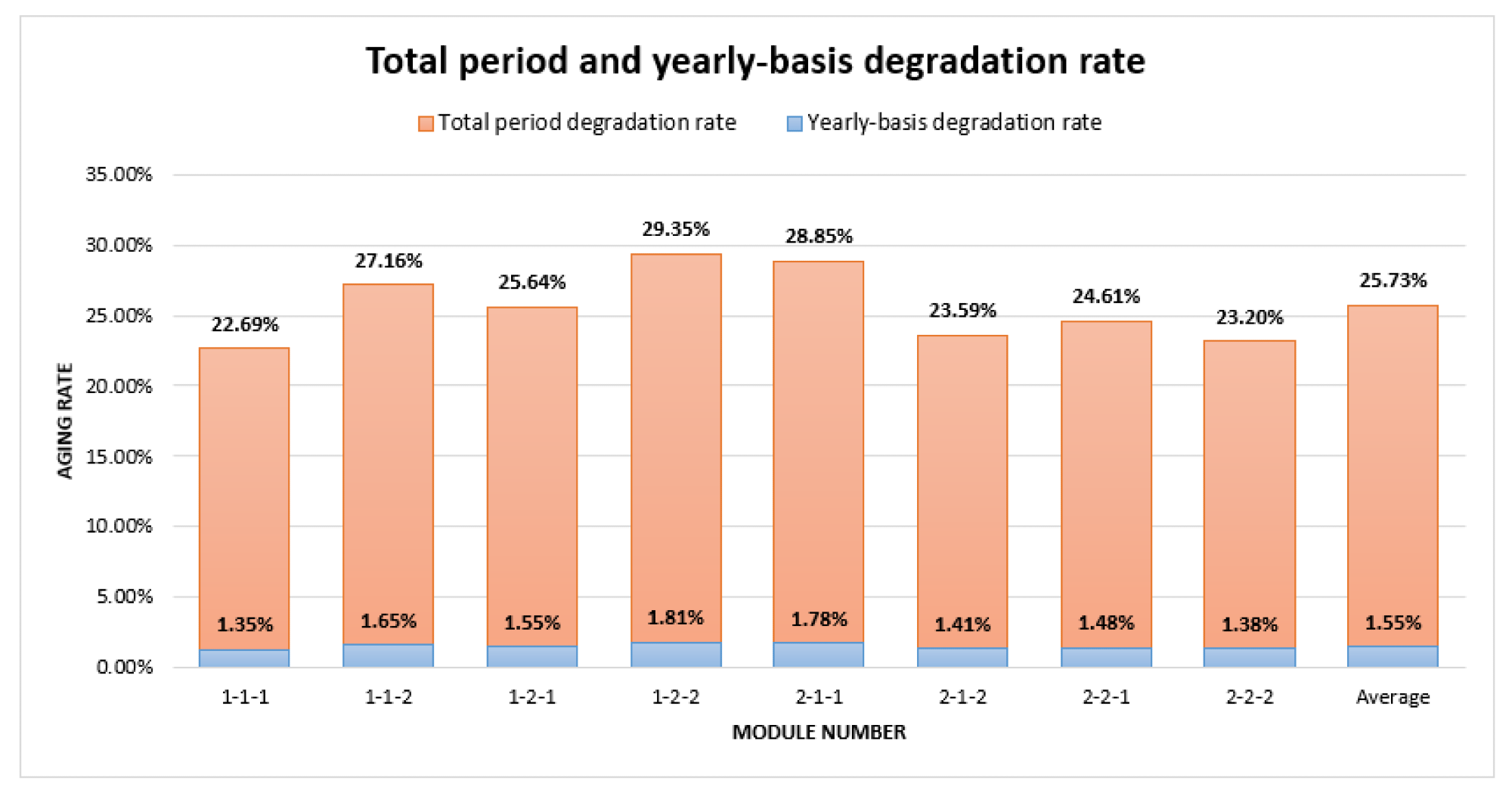A paper recently published a paper in the journal Energies demonstrated a novel method to accurately evaluate photovoltaic (PV) module degradation rates for aging diagnosis through the on-site measurement of PV power output.

Study: Degradation Evaluation Method with a Test Device for Aging Diagnosis in PV Modules. Image Credit: Fit Ztudio/Shutterstock.com
Background
In recent years, the PV industry has witnessed considerable growth due to the rising installation of PV systems across the world. The overall installed capacity of PV systems is expected to increase substantially in the next few years.
Although PV modules have been used semi-permanently for over 20 years, their lifespan and electrical performance can degrade significantly in that period owing to different environmental factors such as temperature, solar radiation, and moisture, which has increased the significance of proper aging characteristic evaluation methods.
The existing methods for the evaluation of aging characteristics either compare the adjusted output power of PV modules based on the standard test condition (STC) with the initial output power specifications of PV modules provided by the PV manufacturer or perform a direct comparison between new and aged PV modules by conducting the test under STC. However, lack of reliability in the obtained results and difficulties in the implementation of STC facilities are the major drawbacks of these methods.

Aging phenomena in PV modules. Image Credit: Shen, J et al., Energies
The Study
In this study, researchers evaluated the PV module deterioration by accurately measuring the reduction rate of the actual PV module output power based on the difference between the output power measured in aged PV modules operating in a functional PV power plant and the output power of new PV modules manufactured in 2019, under similar operating conditions.
The effect of the environmental factors on the PV module output characteristics was evaluated by considering the distinct difference between temperature and solar radiation in each season and then measuring the yearly degradation rate of the aged PV modules.
A test device composed of a PV module section and a monitoring section was employed for the aging diagnosis in a PV system. The PV module section was composed of eight 19-year-old aged PV modules and eight new PV modules.
The rated output power must be the same in both aged and new PV modules to ensure proper evaluation of the aging characteristics depending on the output characteristics of the modules. However, researchers used new PV modules with a rated output power slightly lower than the aged PVs because of the unavailability of PV modules with similar power ratings.

Configuration of the PV monitoring section. Image Credit: Shen, J et al., Energies
Additionally, the rated current at the maximum power point, voltage at the maximum power point, short-circuit current, and open-circuit voltage of the new PVs slightly differed from the aged PVs.
The monitoring section performed real-time output data, current, and voltage measurements of each PV module. The section also monitored the visual condition of PV modules and power, voltage, and output and input current of the grid-interconnected inverters, which were interconnected with new and aged PV modules to verify the operating conditions.
The accuracy of the obtained data was improved by smoothing the module-basis output, PV module temperature, and solar radiation data collected on a one-minute basis based on polynomial regression filter modeling using MATLAB S/W. The data smoothing procedure also minimized the delay, communication error, and the PV output power variability.
Environmental parameters were evaluated on a monthly, seasonal, and yearly basis based on the on-site module temperature and solar radiation measurement data from January to October 2020 to obtain the aging and output power characteristics of the PV modules efficiently and accurately.
Observations
The aging diagnosis was performed successfully in the PV modules using the test device, and the output power and aging characteristics of new and aged PV modules were evaluated effectively based on the evaluation modeling using MATLAB S/W.
The average output power reduction rates of aged PV modules between January and October 2020 in the winter, fall, summer, and spring were 20.01%, 5.23%, 50.53%, and 28.25%, respectively. The maximum output power reduction rate of 50.53% was obtained in the summer season.
In the summer of 2020, the maximum and minimum output power reduction rates when rainy weather persisted for weeks were 62.75% and 10.39%, respectively, due to high temperature and low solar radiation.

Total period and yearly-basis degradation rate. Image Credit: Shen, J et al., Energies
The reduction in output power characteristics was significantly higher in aged PV modules compared to new PV modules during low solar radiation as the output voltage of aged PV modules reduced below the operating voltage range, while the new PV modules maintained the output voltage within the operating voltage range.
The degradation rates of eight aged PV modules varied considerably, with the minimum and maximum total degradation rates of aged modules for 19 years measured at 22.69% and 29.35%, respectively, and the minimum and maximum yearly degradation rates at 1.35% and 1.81%, respectively. The average yearly- and total-degradation rates of all aged PV modules were 1.55% and 25.73%, respectively.
Taken together, the findings of this study demonstrated that the proposed test device-based PV degradation evaluation method could effectively evaluate the PV module deterioration rate and perform aging diagnosis without requiring STC facilities.
Disclaimer: The views expressed here are those of the author expressed in their private capacity and do not necessarily represent the views of AZoM.com Limited T/A AZoNetwork the owner and operator of this website. This disclaimer forms part of the Terms and conditions of use of this website.
Source:
Shen, J., Han, B.-G., Kim, J.-M. et al. Degradation Evaluation Method with a Test Device for Aging Diagnosis in PV Modules. Energies 2022. https://www.mdpi.com/1996-1073/15/11/3851